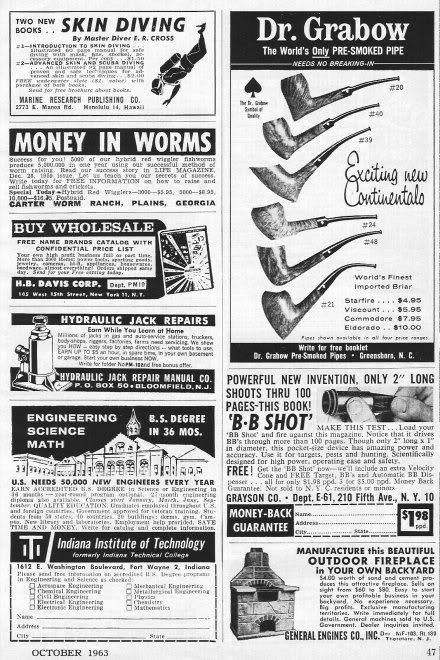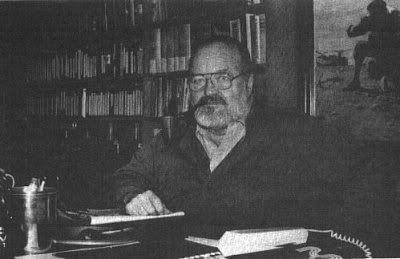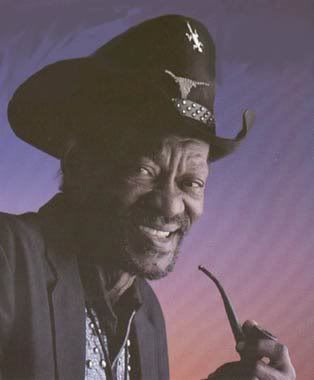
The Grabow is cheap and ubiquitous, still carried by certain pharmacy chains across the U.S. It was at the Walgreens that was once in the strip mall at Fredricksburg and Gardina (in San Antonio, Texas) that I bought my first pipe, and it was a Grabow, but it was not a Continental.
I have had very little exposure to the Continental series, in fact, I have held only one in my own hands. It was a refurbishing project, and it was in such beautiful shape that I decided I would either smoke it or sell it, but not both. I sold it. I don't remember the shape number, but it had the flat bottom of #24 in the picture above, but with the tall bowl of #20.
Based only on the one pipe that I briefly owned, I think these are higher quality than the usual drug store fodder.
And of course the Dr. G is "the world's only pre-smoked pipe." This was the Grabow gimmick, since everybody had to have a gimmick. Other ads, of which I'm sure I have one somewhere, show a drawing of their pipe-smoking machine: a rack of pipes (the metal kind) through with air is softly drawn (or pushed, I don't know which), automatically smoking the tobacco packed into many pipes at once. This does seem to create a paper-thin starter cake so the pipe doesn't have to be broken in. Theoretically. Many Dr. Grabow's are simply not made with enough briar, and the thin bowl walls and low mass of the wood just don't dissipate enough heat. They smoke hot, and no amount of gimmickry can change that.
I've always wondered exactly what kind of leaf they pre-smoke their pipes with. I suppose it's something relatively flavorless like burley, or possibly burley and Virginia.
There are some older Dr. G's that are good smokers, however, and many can be improved by sanding off the finish so the wood can breathe better. Although such sanding will expose all the fills and ugliness of the lower-grade briar used in these pipes.
I did this myself to another Dr. Grabow (not my first), and after sanding, just applied a wax polish to the bare briar. The fills are obvious now, but it smokes a lot better, and that's what counts for me.
I also thought the ad for the "B B Shot" was interesting.













